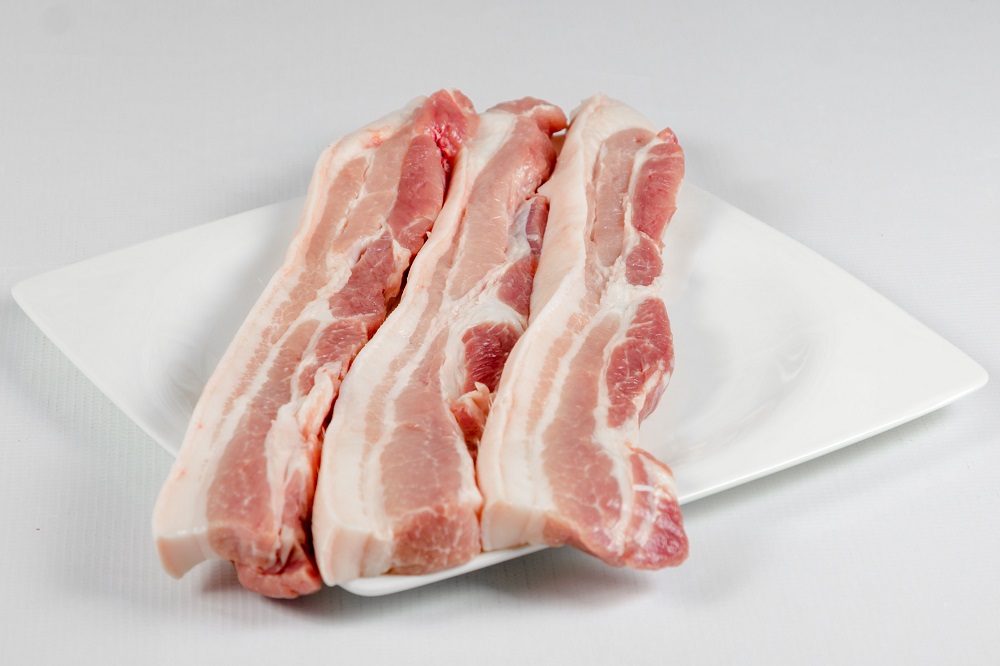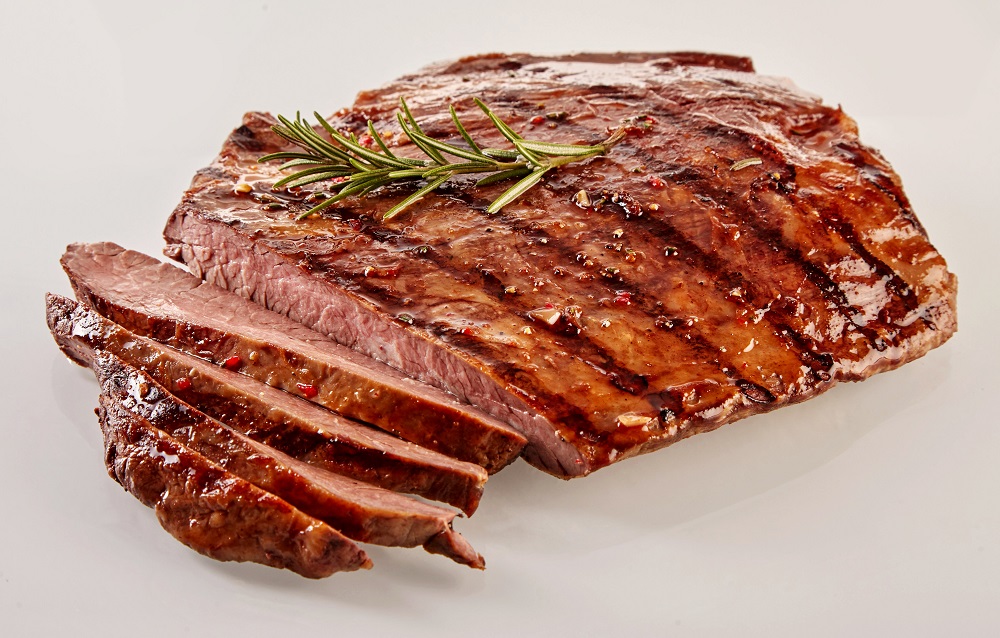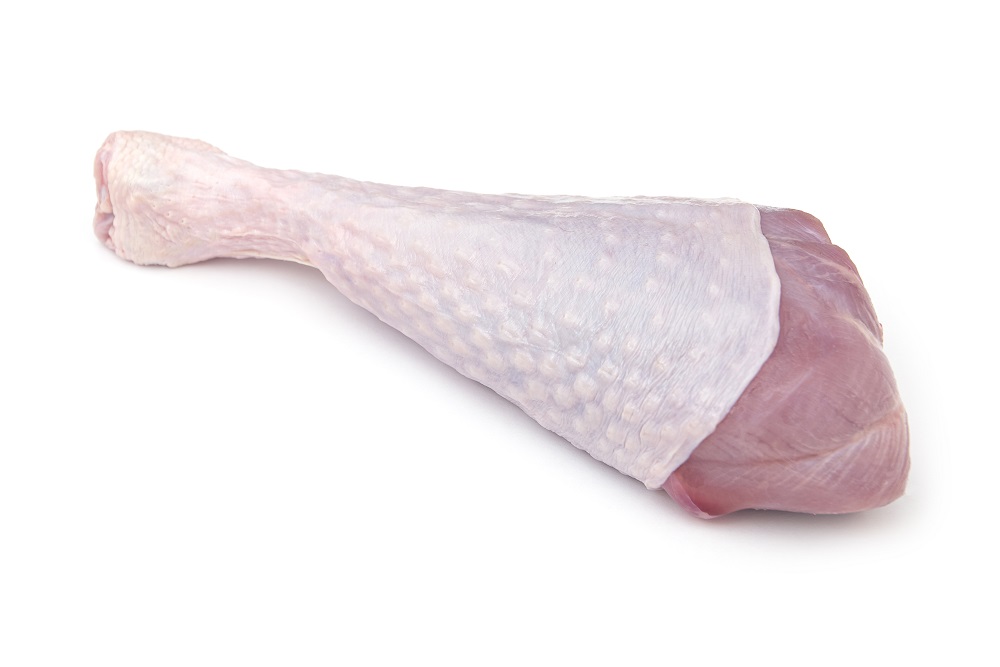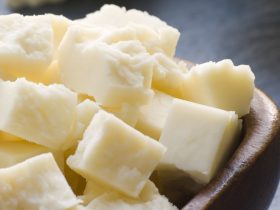The pork belly cut of meat is considered one of the most tender and flavorful cuts of meat taken from a pig, with a distinctly fatty underbelly, tender muscle and an occasionally crispy or chewy outer skin, depending on the exact method used during its cooking.
However, due to this popularity or for other reasons like religious and ethical beliefs, certain situations may require that pork belly be substituted with a similar tasting or similarly textured cut of meat or other alternative food product.
It is quite fortunate, then, that pork belly may be substituted with a variety or different meats or vegetarian alternatives, each of which may be just as suitable as pork belly depending on the exact reasoning behind the necessity of substituting it.
How Can Pork Belly be Substituted in a Recipe?
The exact method used to prepare a particular substitute of pork belly in a recipe will depend on the sort of substitute that is being used, with some only requiring a slightly different temperature or technique of cooking in order to function in the same way pork belly does.
This is not entirely true in certain instances, however, especially if the primary characteristic being substituted in pork belly is its relative fat content or texture, of which will most likely not possess any other similarities to pork belly itself.
In cases such as these, it is best to instead match the recipe to the substitute instead.
Can Pork Belly Really be Replicated by Other Foods?
Though a large majority of pork belly substitutes are capable of replacing or replicating most of its characteristics in some way or another, it is rather difficult to truly substitute this unique type of meat completely.
This is due to the relative differences in other cuts of meat or even vegetarian replications, as such things like fat composition, physical integrity and even minute chemical compounds can create a noticeable contrast, especially for individuals with discerning palettes.
The best way to substitute pork belly is to choose a recipe that may cover up these contrasts through the use of other ingredients and flavors, essentially masking the small differences found between pork belly and its subsequent replacement foods.
Pork Based Pork Belly Substitutes
Perhaps the most similar in pork belly in terms of taste and appearance, simply utilizing other cuts of pork apart from that of the belly is an excellent way to substitute it, especially if the primary reason for pork belly’s substitution is simply a lack of availability in grocery stores or marketplaces.
Pork Bacon
Essentially a processed form of pork belly, pork bacon is the primary substitute to use in the event that pork belly itself must be replicated in any shape or form.

This is due to the similarity between both pork bacon and pork belly, both of which usually possess a somewhat crispy outer skin with significant and flavorful fat deposits beneath, all of which is held together by relatively tender meat.
In instances where the pork bacon may be too thin a slice for the purposes of the original recipe, it is better to use thick cut slices of pork bacon, wherein the chef may cut the meat into their desired size so as to best replicate the size and appearance of pork belly.
Pork Shoulder
Somewhat more meaty and slightly less tender than pork belly, pork shoulder is a good flavor substitute owing to its relatively flavorful meat despite the lower levels of fat found in this particular cut.
Pork shoulder is all the more similar to pork belly in recipes where it is directly subjected to heat so as to melt and release more of its fatty tissues, such as in roasting or braising, of which will bring it as close as possible to the flavor and texture of a pork belly, save for a slightly stringier meat.
Pork Fatback
In terms of similarity between meat and fat composition, pork fatback is the best possible candidate to act as a substitute, especially in recipes that require some level of direct heat being applied to either cuts of meat such as in barbequing or oven roasting.
This is due to the fact that, much like its namesake, pork fatback comes from the fatty portions of flesh running along the spine of the pig, placing it at the essential opposite side of the animal to the pork belly.
Pork fatback may be used and cooked in practically any way that pork belly itself would normally be prepared, allowing it to act as a direct substitution in pretty much all recipes that involve the latter in its ingredient list.
Beef Based Pork Belly Substitutes
If the reasoning behind the substitution of pork belly in a dish is due to dietary restrictions or religious and ethical beliefs, it is entirely possible to instead use a suitable beef alternative in recipes that would normally call for pork belly to be used instead.
However, a drawback to using a beef based pork belly substitute is the somewhat distinct difference in flavor and appearance owing to the fact that they are sourced from two entirely different animals with separate forms of livestock raising and diet.
Considered a subsection of the more commonly seen beef plate, the beef navel, much like its name, comes from the approximate center area of the cow’s lower belly, wherein it is normally used to make specialty deli meats as well as higher fat percentage ground beef.
When used as a pork belly substitute, beef navel is best cut into thinner slices owing to its somewhat tougher texture in comparison to its pig-sourced counterpart, though the drawbacks to using beef navel ends at this point.
Beef navel is somewhat similar in fat percentage and cooking methods to pork belly, making it suitable for most recipes that require the texture and composition of pork belly to be replicated.
Beef Flank
An extremely common cut of meat used in some shape or form throughout many different cuisines and cultures, the beef flank cut is long and flat with a distinctly tough texture that is accentuated by a rather intense and rich flavor after cooking.

Owing to its significantly more chewy texture than pork belly, beef flank is best used when cut into thin strips for recipes that require only a flavorful and slightly fatty cut of meat be used in the process of creating it.
Beef flank may be marinaded or accentuated through the use of other ingredients so as to bring its flavor closer to the intended taste profile for the recipe, such as the addition of meat tenderizer in order to recreate the relatively softer flesh of pork belly.
Beef Brisket Cut
Not to be confused with the traditional brisket dish or the smoked brisket meal originating from the state of Texas, the beef brisket cut of meat is primarily created through the removal of the cow’s pectoral muscles, oftentimes accompanied by a significant mass of connective tissue.
Beef brisket cut is considered quite flavorful and tender if cooked in the proper manner, of which coincidentally are much the same cooking methods used in the preparation of pork belly for most recipes, making beef brisket an excellent alternative for rather complicated dishes that require the meat to be processed in some way.
Other Meat Pork Belly Substitutes
Certain other non-beef and non-pork pork belly substitutes may exist, though their availability may be less common than these particular types of meat, usually owing to the difficulty in raising these livestock animals or the lack of demand therein.
These other types of pork belly substitute meats may require special cooking processes be put into place so as to best recreate the flavor, texture or appearance of pork belly, especially if used as standalone ingredients instead of being incorporated into a recipe.
Duck Meat
Among these pork belly substitutes is that of duck meat, which is considered quite similar in fattiness and texture to that of pork belly, owing to the similarity in which their fat deposits are placed, as well as the ability of their skin to “crisp up” when subjected to certain types of cooking processes.
The primary drawback to using duck meat as a pork belly substitute is the relatively lower volume of meat that is accrued per animal, making duck meat a somewhat more expensive alternative to use, especially in recipes that require large volumes of meat be added to it.
Goose Meat
Somewhat larger and considered more “gamey” in terms of flavor than duck meat, goose meat may act as yet another pork belly substitute sourced from animals that are not that of a pig or cow.
Though certain parts of the goose is considered quite lean and a poor replacement for the texture and flavor of pork belly, its fattier parts can actually come significantly closer in similarity to its fat percentage and general function in a recipe, with thin slices of said fattier parts being the best possible substitute.
Turkey Leg Meat
Considered the fattest and oftentimes crispiest part of the turkey, turkey leg meat that has undergone braising or roasting in some way is usually found to be just as crispy and fatty as pork belly, with the only drawback in terms of texture being the presence of a bone in its center.

This may be remedied by simply removing the bone from the leg, allowing the meat to be used in much the same way pork belly is in any recipe that requires it.
Turkey leg meat is best used pre-cooked prior to its incorporation into a dish or meal, so as to maximize its textural similarity to pork belly.
Vegan and Vegetarian Pork Belly Substitutes
Whether the chef desires to try something relatively new and exotic or is simply altering a recipe in accordance to the religious or ethical beliefs of their meal’s consumers, a few vegan and vegetarian alternatives to the pork belly cut may be used.
It is important to keep in mind, however, that pork belly replications rarely come close to the actual appearance, texture or flavor of the real thing, and as such it is best to temper expectations prior to the use of such substitutes.
This is all the more applicable in recipes that would ordinarily require pork belly take a center stage in its flavor profile, as even the most complex and thorough flavoring of vegan and vegetarian meat alternatives cannot entirely replicate these flavors.
Seitan Pork Meat Replication
A form of toughened and compressed soy protein, seitan is one of the primary ingredients behind a variety of vegan and vegetarian meat replications, owing to neutral flavor and similarity in terms of texture.
Seitan pork belly replications most often utilize flavorings like umami mushroom seasoning, liquid smoke and maple syrup so as to best recreate the sweet and savory flavor of properly cooked pork belly, with other fatty ingredients like coconut oil and similar lipid-based food products acting to recreate the rich fattiness of pork meat.
Considering the versatility of seitan pork or simply seitan in general, this particular vegan alternative can be used in practically any recipe that pork belly ordinarily would be added to, though the particular cooking method will be different in practice.
Wheat Gluten Umami Pork Belly Replication
Though wheat gluten is also used in the creation of other vegan pork meat replications, certain forms of pork belly recreations utilize wheat gluten as the primary compound ingredient in their recipes.
This is due to the fact that wheat gluten, when combined with several other vegan ingredients, can perfectly replicate the appearance and texture of pork belly, though it may not withstand the same type of environment that pork belly ordinarily would.
Wheat gluten pork belly replications utilize a variety of umami and sweet ingredients such as soy sauce, protein powders and even chemical pork flavor seasonings in order to bring it closer to pork meat in terms of taste, apart from its similarity in appearance and texture.
References
1. Ruhlman, Michael (2007-11-06). The Elements of Cooking: Translating the Chef’s Craft for Every Kitchen. Simon and Schuster. ISBN 9781416579229.
2. McDaniel, Rob. “From the Chef: Balance Essential to Southern Food, not just Bacon Drippings”. SpringHouse at Crossroads.
3. Jacobs, Barbara; Jacobs, Leonard (1987). Cooking with Seitan: Delicious Natural Foods from Whole Grains. New York, NY: Japan Publications. ISBN 9780870406379.





Hi, I'm Dom
Dom Eats was started to help other people fall in love with food. While cooking can feel intimidating, it doesn't have to be.